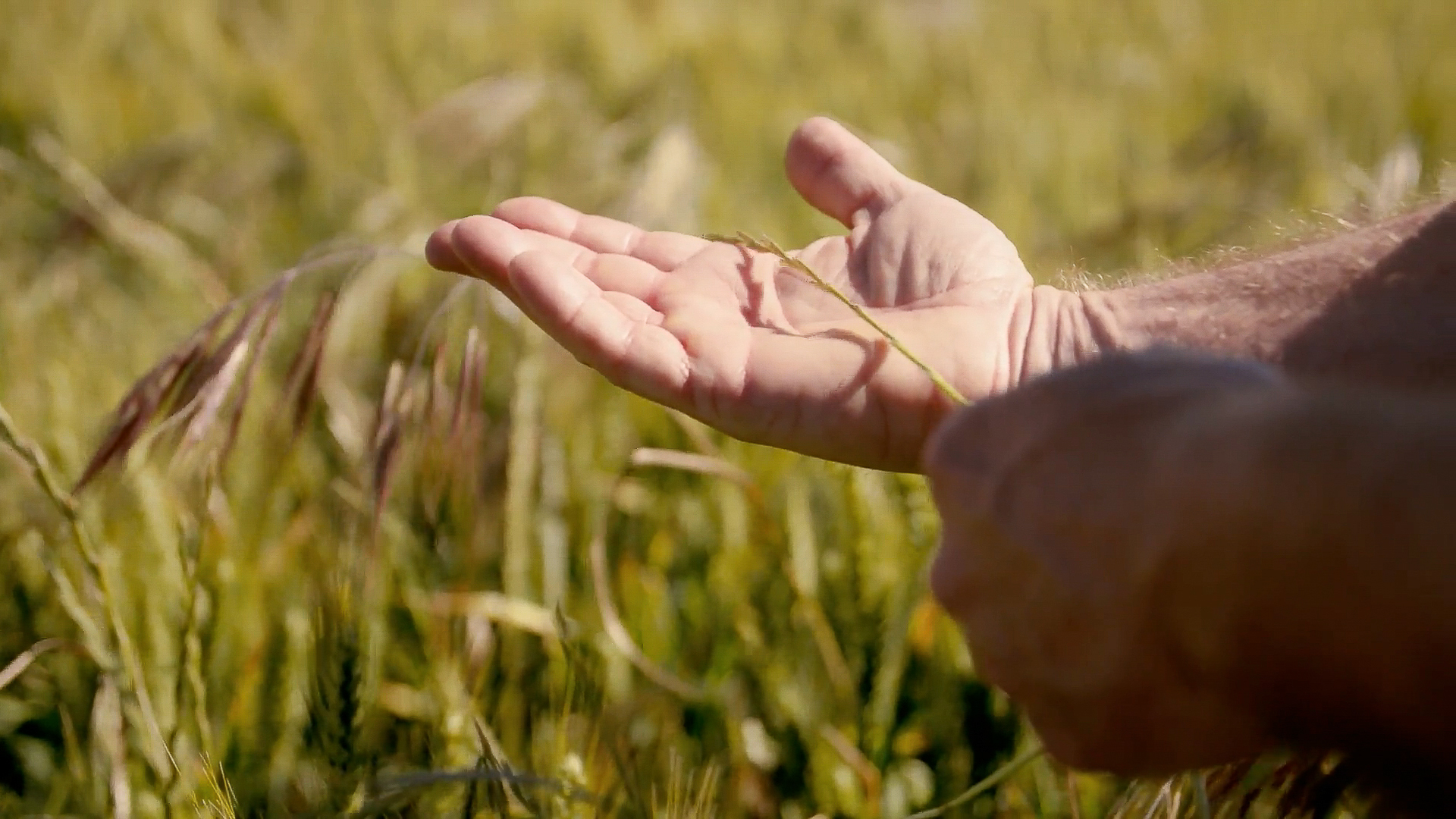While it may seem counterintuitive, the message is loud and clear – if chemistry is working well in the paddock, don’t overuse it.
While a strategic and holistic approach to weed and disease management can mean many seasons of producing quality crops, the real key to success is to not solely rely on chemistry.
Proactive weed management actually starts with seed management control, which can involve a number of tactics.
“There are a lot of different tools available, including cultivation of soils, crop competition, harvesting of weed seeds, cutting of hay and harvesting the crop prior to the seed actually setting,” Alistair Beyer, territory business manager for Bayer’s southern horticulture sales team explains.
“And to be fair, the last resort probably could, or should, be chemistry,” Alistair adds.
“There's a lot of available tools that aren’t necessarily in a chemical drum, but I think acknowledging that potentially you have a resistance problem or, ideally, avoiding that to begin with is the first step,” he says.
It’s an approach fully endorsed in Victoria by Nutrien Yarra Valley based key account manager and horticultural agronomist Sigurd Howard.
“Healthy resistance management is about not overusing chemistry, and use of other techniques, such as mechanical factors, beneficial insects, IPM and good management of a chemical groupings in the segments of insecticides, herbicides and fungicides,” he explains.
Over time, and especially with overuse, products can lose efficacy as pest, weed and disease targets build up a resistance to particular chemistry groupings, with troubling consequences.
“These situations can cause yield penalties and reduce quality,” Sigurd says.
“Poor chemical performance due to resistance can mean holes in cabbage from diamondback moth, while downy mildew can wipe out spinach crops and make them unsaleable.
“Poor disease or pest control that can come from resistance to chemical control having developed can yield a whole harvest unsaleable and rejections can come from all levels across the supply chain, and that impacts growers with huge costs.”
Alistair sees similar issues in broadacre cropping programs, where problem weeds like resistant ryegrass are so effective at setting seed and becoming a bigger percentage of the total population of ryegrass in a paddock.
“For the grower, what that means is increased competition for nutrients and water, and competition against the crop, which reduces yield,” Alistair says.
“But I think a bigger problem is weed seed set. If herbicide resistance for the grower means that the chemistry doesn’t control the weeds, then the weed seed bank increases, resulting in a bigger ongoing problem for future yields,” he says.

It’s important for industry advisors to promote best practice and take every opportunity to talk to growers about important principles which make up good resistance management solutions.
“I tend to focus on using the right chemistry when you do need the heavy hitters; but incorporate a lot of registered biological products for pest control when appropriate,” Sigurd explains.
“It's really important to rotate through both synthetic and biological insecticides and fungicides, and strategically use different chemical groupings, which is what resistance management is all about.
“IPM is also a massive part of what Ido. We incorporate a range of different beneficial insects into management programs for more tricky pest control where we might need shorter withholding periods.”
A good example of a new player in the toolkit for effective resistance management is Alion, a pre-emergent Group 29 herbicide from Bayer.
Providing highly effective pre-emergent control of a wide range of grass and broadleaf weeds, Alion offers up to 10months pre-emergence weed control.
Simplifying weed control in a range of crops, Alion has found an important use in weed control along agricultural fence lines by changing the mindset of when you can control the weeds.
“With concern over glyphosate resistance due to overuse along fence lines, growers are getting interested in Alion because it offers a different mode of action to glyphosate,” Alistair says.
“If glyphosate can’t control the resistant weeds once they have emerged and therefore has very little impact on the ryegrass population, Alion, as a pre-emergent herbicide, has the ability to control weeds before they emerge.
“The industry is excited about Alion because it gives them a different mode of action for use on fence lines to really decrease the weed seed bank in the soil, meaning the population of weeds that could be resistant to glyphosate or potentially other modes of action are reduced.”
“The good news is for growers that a Group 29 mode of action, will control weeds resistant to glyphosate, which has a Group 9 mode of action.”
A similar situation can be found in horticulture, where Xivana Prime fungicide has become a key product for downy mildew management in wine and table grapes.
“Xivana Prime is a Group 49 fungicide, and that's interesting because in grapes there’s been some known resistance to metalaxyl, an existing product in the market,” Alistair explains.
“To give longevity to both metalaxyl, and Xivana Prime, we suggest growers rotate between those two products, and others, to maximise efficacy while reducing the onset of resistance.
“Above all, a new mode of actionlike these products should be used in conjunction with good resistance management practices, including responsible mode of action rotation.”
It's clear Alistair and Sigurd are on the same page thinking long-term when making resistance management choices.
“It sounds like a strange analogy, but if something’s working, don't overuse it,” Sigurd comments.
“Rather, use it at the right timing and use it when the pressure's really on or when you see your thresholds hit that number where you actually really need to apply it to get on top of weeds.”




